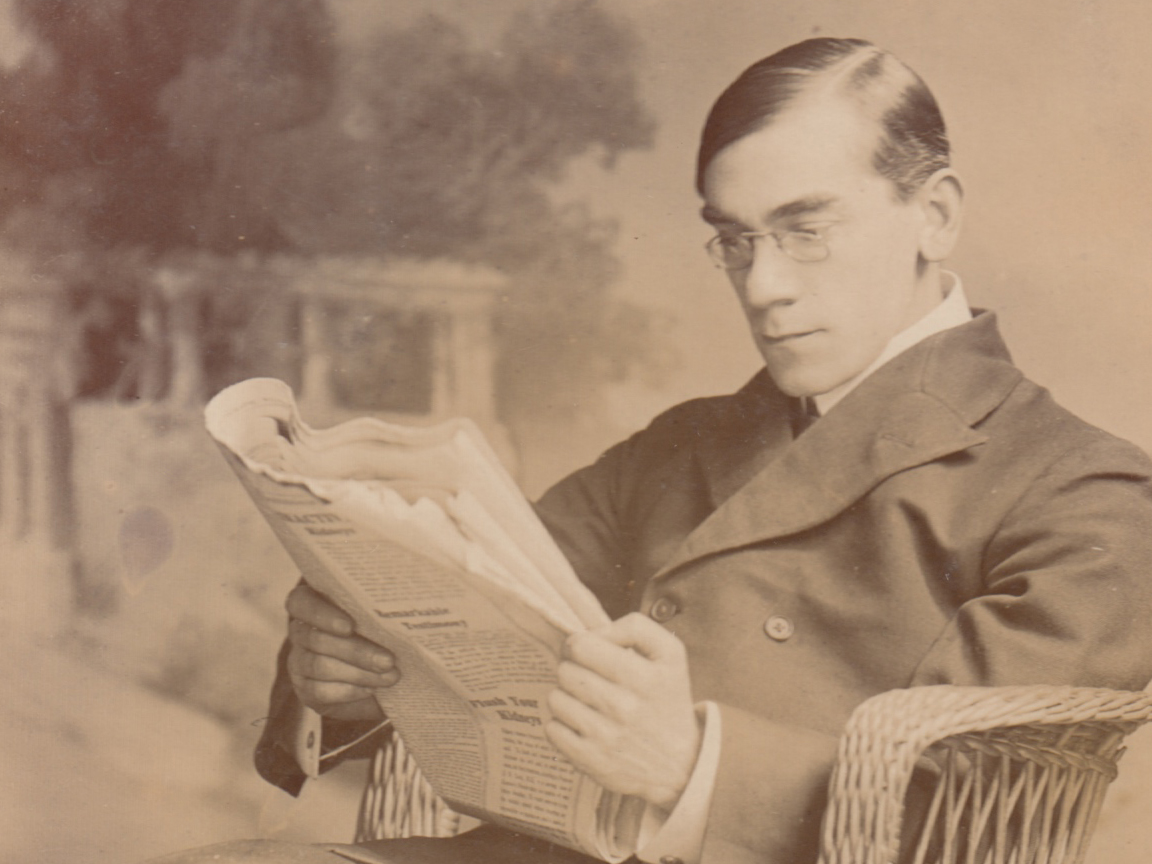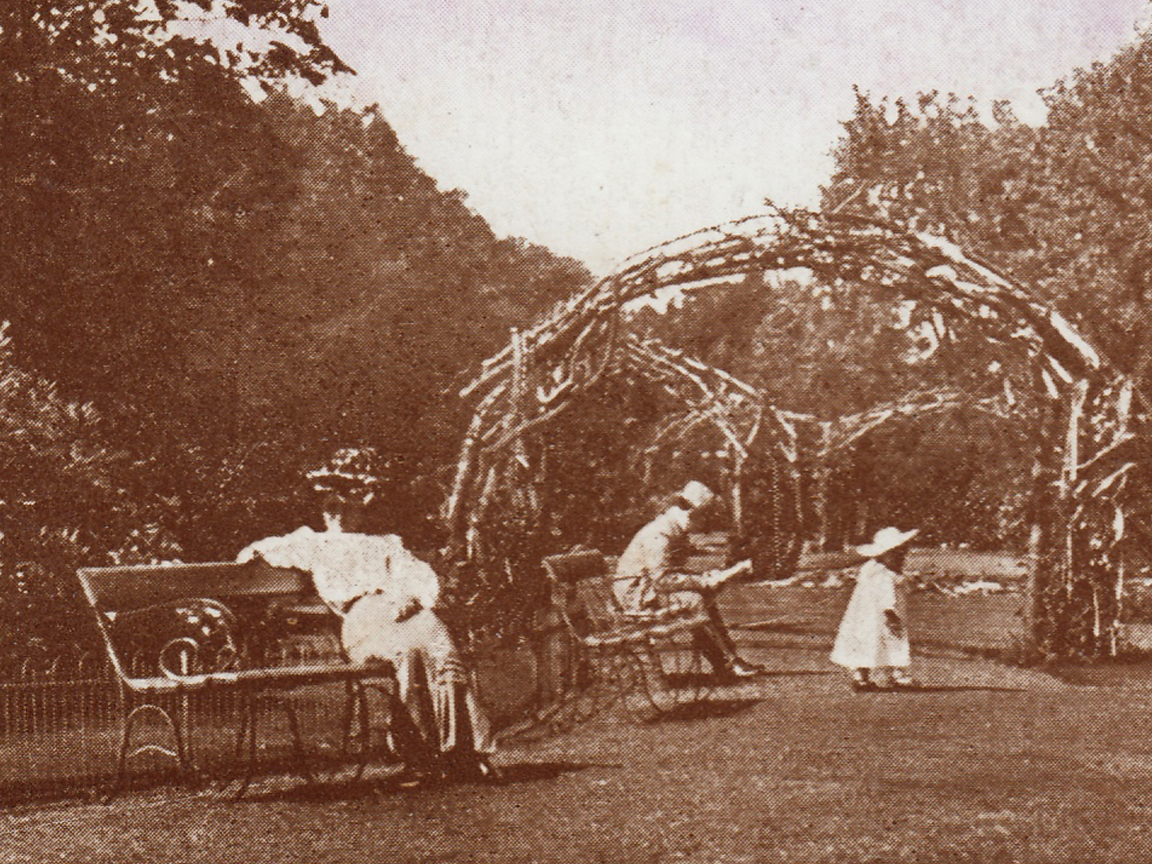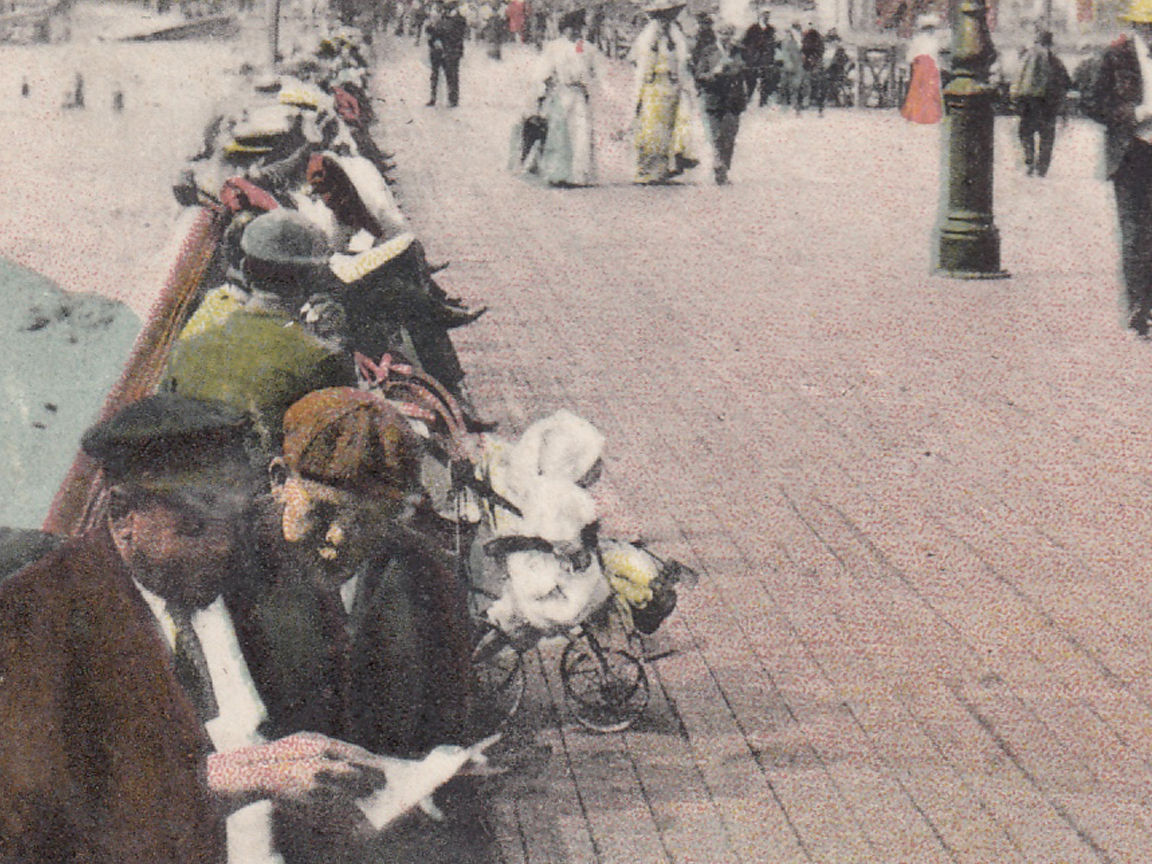


1855, History, Gazetteer, and Directory of Suffolk
Lowestoft chapter, page 555
Here are now commodius warehouses for bonding wines, spirits, tea, coffee, &c. Great quantities of coals are imported here from the northern collieries, for the use of the neighbourhood and the railways; and large stocks of timber, stone, slates, &c. are usually to be seen on the wharfs.
Southwold is now an out-station under the port of Lowestoft. The Harbour Dues recieved here in 1850 amounted to £6038, and in 1851 to £6904.
Herring Fishery, &c.- The oldest and still the most important branch of commerce at Lowestoft is its Herring Fishery, for which there are three seasons in the year, viz. from April to May, from June to July, and from September to the first week in December.
Formerly, about 80 fishing boats, each averaging 40 tons, and employing about 10 men and boys, were engaged here in the Herring and Mackeral Fisheries; but now there are 25 of those large boats or luggers, used chiefly in the mackeral fishery, and upward of 50 smaller craft, called "half-and-half boats" used in the herring fishery, for which they are found to be more profitable and convenient than the old luggers, as they can often return daily from the fishing grounds with full cargoes of herrings, and despatch them fresh by rails to London and other markets. They are called "half-and-halfers" from their being only about half the size of the old luggers.
The mackerel season commences about the first of May and continues to the middle of July. During the seasons, herrings and mackeral are brought into Lowestoft in immense quantities, and are mostly sold at auction by the curers and merchants. The greater part are now sent away fresh, by rails, to London and other markets.
Here are still many curing houses, where herrings are salted, smoked, and dried, either partially as bloaters, or thoroughly as red-herrings; - but the former are now sent out in much larger quantities than the latter.
In 1802, the herrings caught by thirty Lowestoft boats, sold for £30,000; and in the following year, they earned in six weeks £10,000 by mackeral, but these were unusually prosperous season. During the ten weeks of the autumnal season of 1853, the Lowestoft boats caught about 2330 lasts, or about 30,750,000 herrings, which would yield to about 600 fisherman and boys, more than £10,000, besides large profits to the boat owners and merchants.
On March 29th, 1854, Mr. G. S. Gowing, Jun., took in one boat 70,620 herrings, which he sold for £84. 10s, 5d. A variety of other kinds of fish are caught by the owners of small fishing boats, who go out in search of whatever fish they can meet with, and by the sale of which many of them contrive to support large families.
Some larger boats go out to the trawling and line fishery in the deep sea, at the distance of 20 to 30 miles from the cost, where soles, turbot, skate, plaice, cod &c., are caught. Arrangements have lately been made here for the discharge of lobster smacks from Norway. The lobsters are kept alive in the outer harbour, till they are sent off by rails to the metropolitan and other markets.
Since the completion of the large outer-harmour, to which there is easy access from the sea, Lowestoft has become a highly important Harbour or Refuge, though as such it has not received any support or assistance from Government.

Events, clubs and activities are updated here. Do you have an event or club you want posted? Let us know!